New diamond harder than ring bling
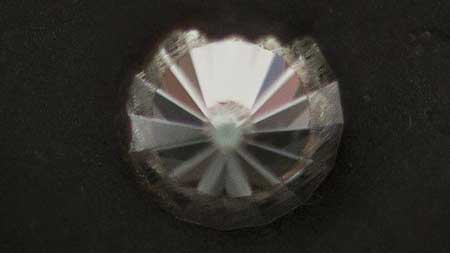 Researchers have made a diamond that is harder than a jeweller's diamond and useful for cutting through ultra-solid materials on mining sites.
Researchers have made a diamond that is harder than a jeweller's diamond and useful for cutting through ultra-solid materials on mining sites.
Dec 12th, 2016
Read more
 Researchers have made a diamond that is harder than a jeweller's diamond and useful for cutting through ultra-solid materials on mining sites.
Researchers have made a diamond that is harder than a jeweller's diamond and useful for cutting through ultra-solid materials on mining sites.
Dec 12th, 2016
Read more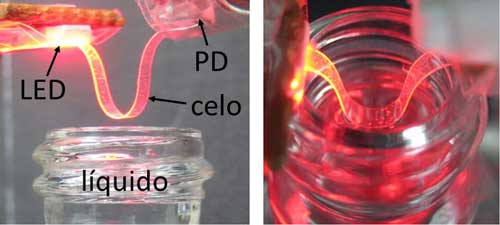 Researchers have developed an innovative optical sensor using a conventional tape since it is a low-cost and flexible material that can be easily acquired at stationery shops and it can detect variations of the optical properties of a liquid when is immersed in such liquid.
Researchers have developed an innovative optical sensor using a conventional tape since it is a low-cost and flexible material that can be easily acquired at stationery shops and it can detect variations of the optical properties of a liquid when is immersed in such liquid.
Dec 12th, 2016
Read more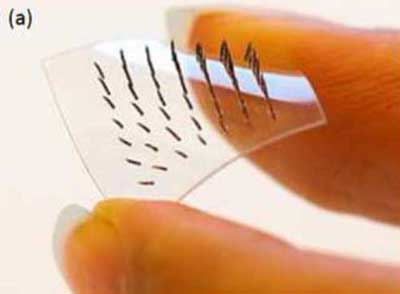 It's only a matter of time before drugs are administered via patches with painless microneedles instead of unpleasant injections. But designers need to balance the need for flexible, comfortable-to-wear material with effective microneedle penetration of the skin.
It's only a matter of time before drugs are administered via patches with painless microneedles instead of unpleasant injections. But designers need to balance the need for flexible, comfortable-to-wear material with effective microneedle penetration of the skin.
Dec 12th, 2016
Read more PHENOMEN is a ground-breaking project that will combine advances in photonics, mechanics and electronics to develop the first optically-driven phonon sources and detectors, all at the nanoscale.
PHENOMEN is a ground-breaking project that will combine advances in photonics, mechanics and electronics to develop the first optically-driven phonon sources and detectors, all at the nanoscale.
Dec 9th, 2016
Read more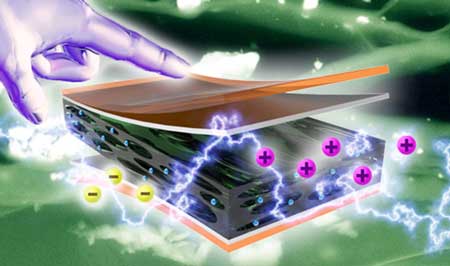 On the path toward wearable devices powered by human motion.
On the path toward wearable devices powered by human motion.
Dec 8th, 2016
Read more Physicists have made an astonishing discovery in a specific type of topological insulators. The effect is due to the structure of the materials used.
Physicists have made an astonishing discovery in a specific type of topological insulators. The effect is due to the structure of the materials used.
Dec 8th, 2016
Read more Just like in normal road traffic, crossings are indispensable in optical signal processing. In order to avoid collisions, a clear traffic rule is required. A new method has now been developed by researchers to provide such a rule for light signals.
Just like in normal road traffic, crossings are indispensable in optical signal processing. In order to avoid collisions, a clear traffic rule is required. A new method has now been developed by researchers to provide such a rule for light signals.
Dec 8th, 2016
Read more Researchers have used graphene to make the novelty children's material silly putty (polysilicone) conduct electricity, creating extremely sensitive sensors. This research potentially offers exciting possibilities for applications in new, inexpensive devices and diagnostics in medicine and other sectors.
Researchers have used graphene to make the novelty children's material silly putty (polysilicone) conduct electricity, creating extremely sensitive sensors. This research potentially offers exciting possibilities for applications in new, inexpensive devices and diagnostics in medicine and other sectors.
Dec 8th, 2016
Read more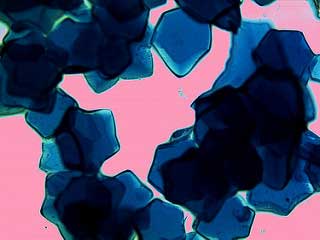 After decades of eluding researchers because of chemical instability, key metal-oxide clusters have been isolated in water, a significant advance for growing the clusters with the impeccable control over atoms that's required to manufacture small features in electronic circuits.
After decades of eluding researchers because of chemical instability, key metal-oxide clusters have been isolated in water, a significant advance for growing the clusters with the impeccable control over atoms that's required to manufacture small features in electronic circuits.
Dec 8th, 2016
Read more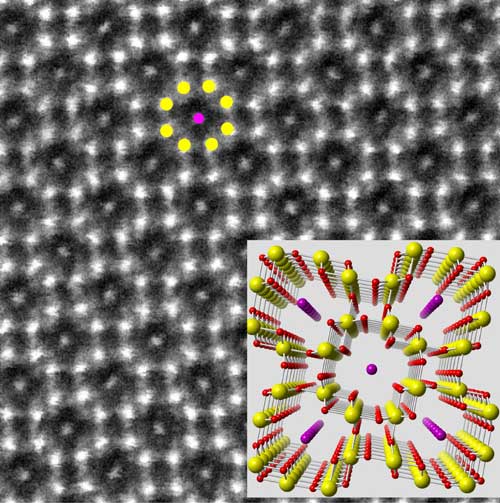 Battery researchers seeking improved electrode materials have focused on 'tunneled' structures that make it easier for charge-carrying ions to move in and out of the electrode. Now a team has used a special electron microscope with atomic-level resolution to show that certain large ions can hold the tunnels open so that the charge-carrying ions can enter and exit the electrode easily and quickly.
Battery researchers seeking improved electrode materials have focused on 'tunneled' structures that make it easier for charge-carrying ions to move in and out of the electrode. Now a team has used a special electron microscope with atomic-level resolution to show that certain large ions can hold the tunnels open so that the charge-carrying ions can enter and exit the electrode easily and quickly.
Dec 8th, 2016
Read more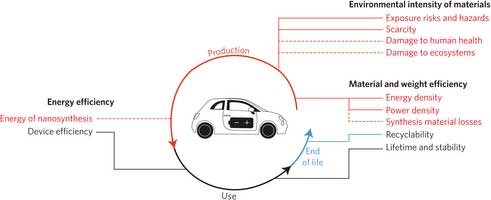 A closer look at the life-cycle impacts of lithium-ion batteries and proton exchange membrane fuel cells.
A closer look at the life-cycle impacts of lithium-ion batteries and proton exchange membrane fuel cells.
Dec 8th, 2016
Read more Graphene is an ideal material for optical communications systems. A new, waveguide-integrated photodetector sets a record high bandwidth for ultrafast, high data rate graphene devices.
Graphene is an ideal material for optical communications systems. A new, waveguide-integrated photodetector sets a record high bandwidth for ultrafast, high data rate graphene devices.
Dec 8th, 2016
Read more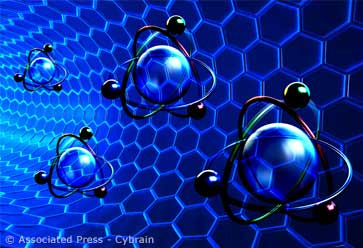 Better access to relevant and understandable information about nanomaterials - that is the main goal of an agreement signed between ECHA and the Commission on the European Union Observatory for Nanomaterials.
Better access to relevant and understandable information about nanomaterials - that is the main goal of an agreement signed between ECHA and the Commission on the European Union Observatory for Nanomaterials.
Dec 8th, 2016
Read more Researchers have demonstrated a new type of high-performance thermoelectric materials that possess liquid-like properties. These newly developed materials are both shape-engineerable and geometrically compatible in that they can be directly brush-painted on almost any surface.
Researchers have demonstrated a new type of high-performance thermoelectric materials that possess liquid-like properties. These newly developed materials are both shape-engineerable and geometrically compatible in that they can be directly brush-painted on almost any surface.
Dec 8th, 2016
Read more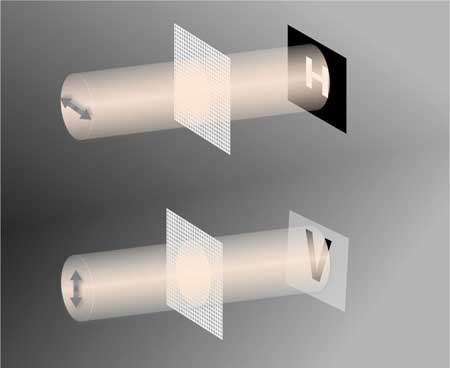 Images printed with silver and carbon reveal their secrets only with the right type of illumination; for use in security-related applications.
Images printed with silver and carbon reveal their secrets only with the right type of illumination; for use in security-related applications.
Dec 8th, 2016
Read more Major 3.3m euro stem cell research project to develop 3D nanoprinting techniques that could replicate brain's neural networks.
Major 3.3m euro stem cell research project to develop 3D nanoprinting techniques that could replicate brain's neural networks.
Dec 8th, 2016
Read more